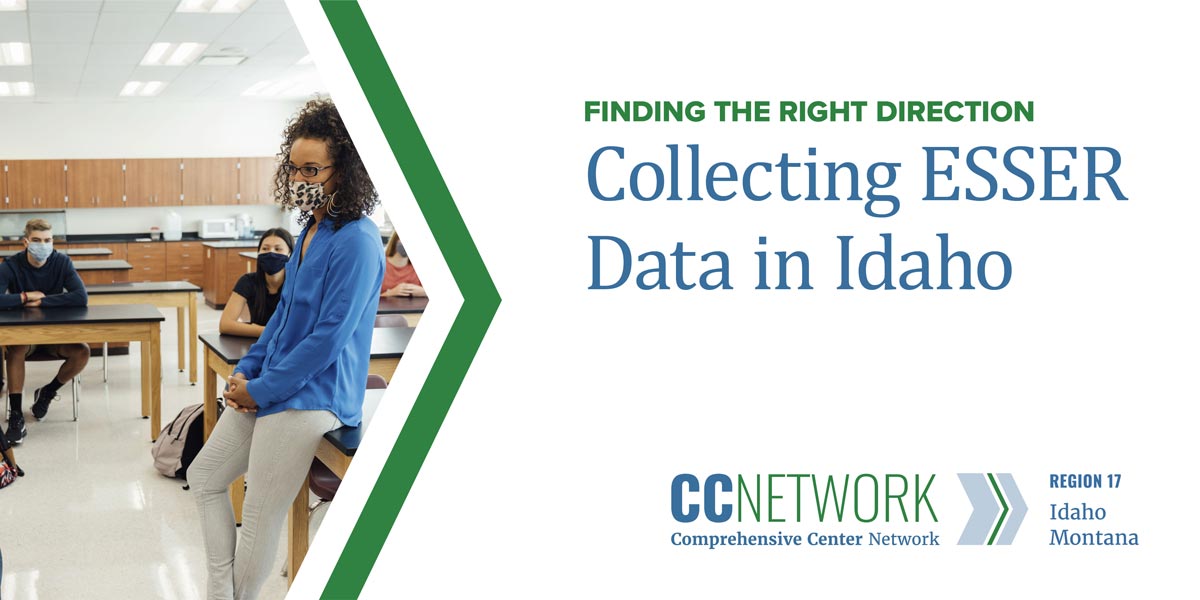
By Jacob Williams | July 2022
“Progress means getting nearer to the place you want to be. And if you have taken a wrong turn, then to go forward does not get you any nearer. If you are on the wrong road, progress means doing an about-turn and walking back to the right road; and in that case the man who turns back soonest is the most progressive man.”
– C.S. Lewis
We often talk about progress as a goal in education. But how can we know if our schools are moving in the right direction without collecting data on where we are—and how things are going?
After the pandemic onset, Congress moved to support state education agencies (SEAs) and local education agencies (LEAs) by providing nearly $190.5 billion to the Elementary and Secondary School Emergency Relief (ESSER) fund. While most of this funding was flexible, LEAs were required to use 20 percent of ESSER funds issued through the American Rescue Plan to support student learning acceleration and address the pandemic’s impact on student learning. SEAs are required to monitor use of allocated ESSER funds, but they do not need to collect data on whether LEAs’ efforts are working. Instead, LEAs must describe the activities or interventions they implement to address the pandemic’s impact on students, specifically underserved student groups and other groups identified by their SEA.
Recognizing that this approach would leave a gap in progress monitoring, the Idaho Department of Education (ISDE) wanted to take initiative to gather information about how LEA activities impact students. In collaboration with the Region 17 Comprehensive Center, ISDE is planning to help LEAs across Idaho collect proximal data to support their continuous improvement efforts. Together, we are developing a framework to monitor implementation requirements alongside activity and intervention outcomes. This framework is built around ESSER recipient data collection question 4.B1, which SEAs will be required to respond to starting in year 3 of ESSER American Rescue Plan reporting (i.e., fiscal year 2023). This question focuses on seven types of interventions:
- Evidence-based after-school programs
- Extended instructional time (day, week, year)
- Evidence-based high-dosage tutoring
- Early childhood expansion or enhancement
- Full-service community schools
- Educational technology
- Other
LEAs will need to report whether the intervention is offered, the total number of students served, and the disaggregated total number eligible and enrolled students for the 13 federal categories of historically underserved students.
To support LEAs in collecting progress monitoring data, ISDE has designed a process for LEAs to report an implementation narrative and a proximal measure of student performance for each intervention. In the fall, LEAs will report baseline performance for each underserved student group for the identified measure for each intervention. Subsequent reporting will occur each winter, spring, and fall until the intervention is no longer implemented or ESSER federal reporting concludes. Ultimately, ISDE’s goal is that LEAs will be able to monitor progress and make evidence-informed changes to stay on course to their destination.
In fall 2022, we’ll provide an update as we engage LEAs and roll out data collection processes and tools.